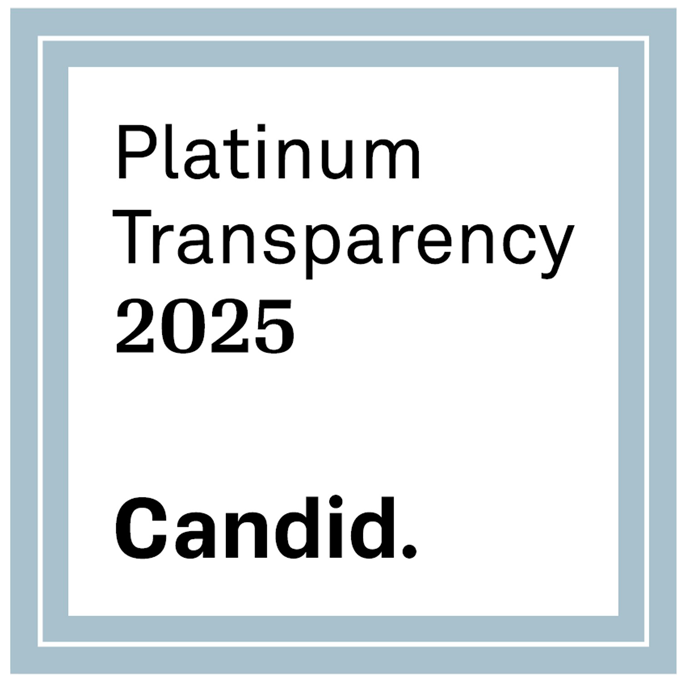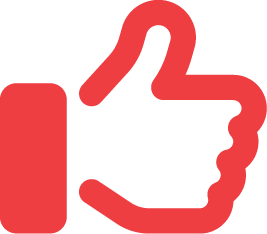 This month, the Pew Research Center released a study that found that most wealthy Americans believed “poor people today have it easy because they can get government benefits without doing anything in return.”
This month, the Pew Research Center released a study that found that most wealthy Americans believed “poor people today have it easy because they can get government benefits without doing anything in return.”
“Easy” is a word not easily spoken among the poor. Things are hard — the times are hard, the work is hard, the way is hard. “Easy” is for uninformed explanations issued by the willfully callous and the haughtily blind.
Allow me to explain, as James Baldwin put it, a few illustrations of “how extremely expensive it is to be poor.”
First, many poor people work, but they just don’t make enough to move out of poverty — an estimated 11 million Americans fall into this category.
In addition, many low-income people are “unbanked” (not served by a financial institution), and thus nearly eaten alive by exorbitant fees. As the St. Louis Federal Reserve pointed out in 2010:
“Unbanked consumers spend approximately 2.5 to 3 percent of a government benefits check and between 4 percent and 5 percent of payroll check just to cash them. Additional dollars are spent to purchase money orders to pay routine monthly expenses. When you consider the cost for cashing a bi-weekly payroll check and buying about six money orders each month, a household with a net income of $20,000 may pay as much as $1,200 annually for alternative service fees — substantially more than the expense of a monthly checking account.”
Even when low-income people can become affiliated with a bank, those banks are increasing making them pay “steep rates for loans and high fees on basic checking accounts,” as The Times’ DealBook blog put it last year.
Read the rest at TimesUnion.com




Follow Us